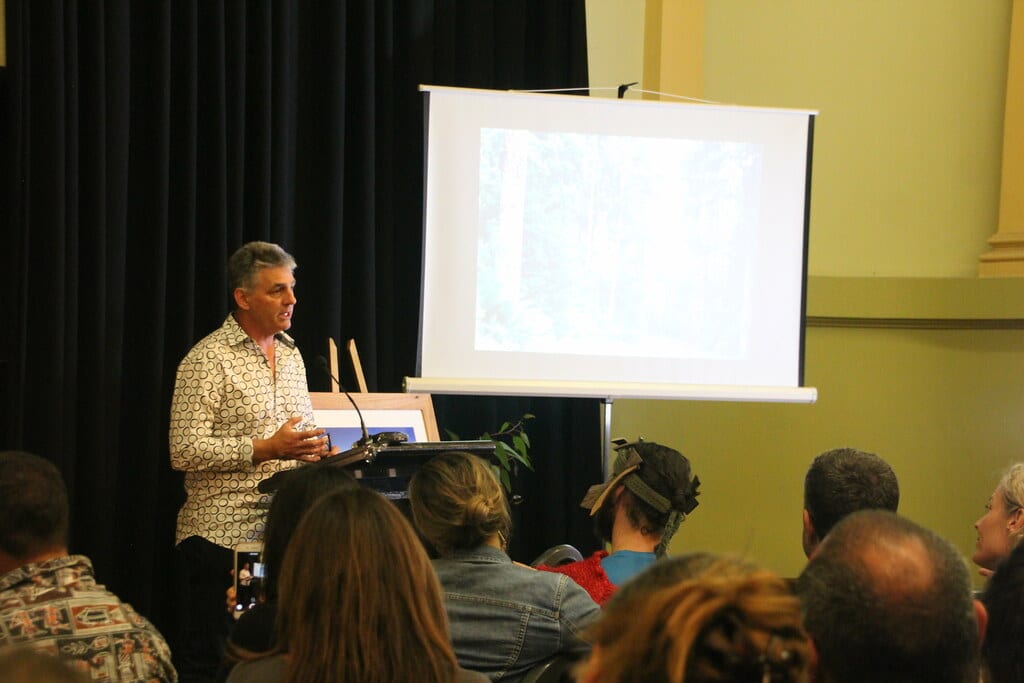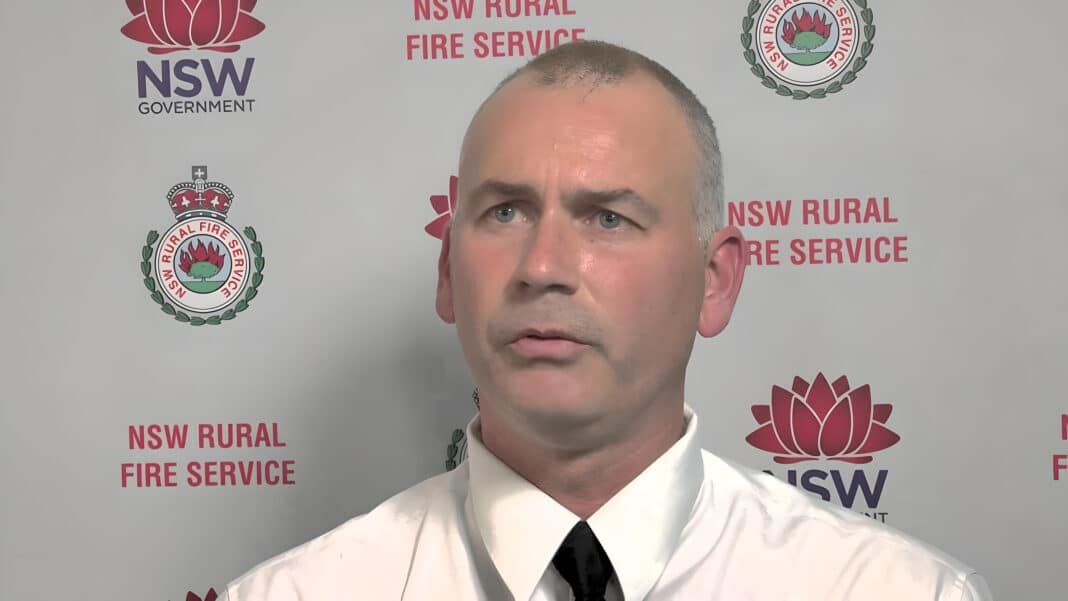The NSW Rural Fire Service has poured cold water on “overly simplistic” research suggesting that hazard-reduction burning increased bushfire risk.
It comes as Wood Central reported on research produced by Professor David Lindenmayer last week, claiming that forest harvesting and prescribed burning could make forests more flammable – with forest harvesting adding to the risk of fires in forests.
The report published in Biological Reviews found that the risk of extreme blazes decreased as trees grew taller. “The chances of flames jumping from the understorey to the overstorey — to create very dangerous crown fire conditions — is reduced,” Professor Lindenmayer told ABC News overnight.
“We’ve understood for a long time now that logging can make bushfires worse, but only in the last few years has evidence shown that prescribed burning could be doing the same thing,” Professor David Lindenmayer said in a forward for the research.

However, RFS Community Director Simon Heemstra has questioned the validity of the dangerously simplistic report. Dr Heemstra, who has a PhD in Fire Science, has for more than 20 years operated as a leader in fire preparedness and mitigation.
And whilst Dr Heemstra acknowledges that the report offers some helpful insights, especially regarding fuel accumulation, the recommendations would be disastrous if fully adopted.
“To wholesale adopt the recommendations of this report would make the landscape much more dangerous and threaten life and property,” he told the ABC overnight.
According to Dr Heemstra, prescribed burns reduce fuel loads, help vegetation reproduce, make small fires easier to put out and provide valuable training for RFS staff.
“There is always a risk reduction when you reduce part of the fuel,” he said, adding that “fires are going to be not as intense, not run as fast, and be more easily controlled.”
“Losses of property and risk to human life are significantly reduced once we reduce fuel load,” and “the more we implement prescribed burning and have strategies to try to reduce ignitions and suppress fires, the more we’re reducing these big fires with a significant impact.”
Drone technologies, as a primary instrument to contain fires, are unproven
Dr Heemstra also poured cold water on one of the “silver bullet” recommendations: lighting strike modelling and drone-dropping retardants could help prevent sparks from becoming bushfires.
“There are options we need to look at in the future, but it’s not a silver bullet, and it needs to go in the mix with everything else we are doing concerning bushfire risk management,” he said.
Dr Heemstra said the RFS aimed to burn bushland every five to 10 years to minimise risk and is learning from Indigenous Australians, who have been using fire in the landscapes for thousands of years.
“The Australian landscape has been shaped from tens of thousands of years of management through Aboriginal Australians,” Dr Heemstra said, adding, “There is a lot to be learned and understood from the use of fire in the landscape.”
Meanwhile, the peak body for Australian Foresters, which has helped firefighting forces extinguish fires, also backed the RFA.
“Scientific consensus amongst bushfire scientists confirms that prescribed burning is a key tool in managing bushfires,” Forestry Australia Science Policy Adviser Dr Tony Bartlett, AFSM, said.
“While there is no panacea for reducing the impacts of catastrophic bushfires, prescribed burning is a scientifically proven part of the solution; reduced fuel levels in forests will reduce the severity of bushfires on all bar the most catastrophic fire weather conditions,” Dr Bartlett said.
“Any criticism that prescribed burning can make Australian forests more flammable is misguided,” he said before adding that “criticising prescribed burning is like dismissing the value of seat belts in cars because people still die in car accidents.”
“Both seat belts and prescribed burns are highly beneficial most of the time.”






